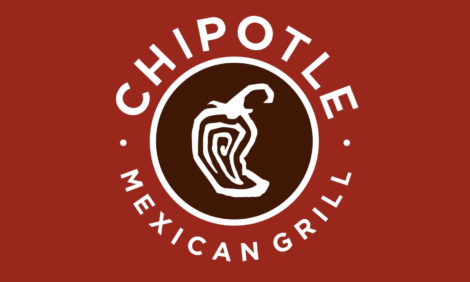



Pork Profit Outlook Gets Trimmed
US - The nation's pork producers are largely holding back on expansion even though the industry returned to profitability in the spring of 2011, writes Chris Hurt.However, higher feed prices in the past few months as a result of crop damage in South America has increased costs and reduced the profit outlook for 2012.
The breeding herd is only 0.6 per cent larger than a year ago according to the latest USDA Hogs and Pigs report based on surveys conducted in early March. While sow numbers are basically stable, the market herd was reported to be two per cent larger. The greater increase in market hogs versus the breeding herd is the result of continued increases in the number of pigs per litter. Producers also indicate they will modestly reduce the number of sows farrowing in coming months. Farrowing intentions are down about one per cent for the spring quarter and down two per cent for the summer quarter. If intentions materialize, pork supplies will only increase by about one per cent in the fall of 2012 and early 2013.
Why have producers not expanded in response to the profits they experienced over the past year? There are several reasons, starting with the large financial losses in 2008 and 2009 that depleted balance sheets. The second is the uncertainty associated with feed prices, including both corn and soybean meal, after unfavorable weather began to reduce South American crop production in mid-December. Since that point, May 2012 corn futures have increased by about $.60 per bushel and May soybean meal futures have increased by nearly $100 per ton. Together these have increased feed costs by about $6 per live hundredweight with each contributing roughly $3 to higher costs. Pork producers are also aware that 2012 US crops have a high production potential, but also realize an unfavorable growing season would threaten that potential.
Pork supplies in 2012 are expected to rise by about two per cent, but demand is expected to absorb these modest increases. Exports will remain an important component of that demand as USDA analysts expect export shipments to remain at record high levels. Domestic demand should remain strong due to population increases near one per cent and to some consumers selecting pork as an alternative to high priced beef. Beef availability will drop to just 55 pounds per person this year compared with 65 pounds five years ago. Consumer beef prices are expected to rise nearly seven per cent this year from last year to $5.15 per pound as an average across cuts. Pork prices, on the other hand, will rise modestly and be priced about $3.45 per pound and draw some attention away from beef purchases.
Cash hog prices and lean hog futures were negatively impact by the media attention and consumer reactions surrounding lean finely textured beef. However, with that issue receiving less attention, hog prices should be set for a spring rally in the next six weeks. Over the past five years, as an example, live hog prices have rallied an average of $11 per hundredweight into mid-May. A similar increase this year is expected and should take prices that are currently in the low $60s to the low $70s over coming weeks. Prices are expected to average in the higher $60s for both the second and third quarters this year and then drop seasonally to near $60 in the last quarter of 2012 and first quarter of 2013. Prices for the spring and summer of 2013 are currently expected to be in the mid-$60s.
Higher feed prices due to lost crop production in South America have reduced 2012 profit prospects from what they were a few months ago. The current outlook is for profits of just $4 per head for 2012. This compares with estimated profits of $14 per head last year. An early look toward 2013 suggests some modest continued expansion of pork production with somewhat lower hog prices. Feed costs are expected to moderate to the downside with estimated total costs dropping to around $60 per live hundredweight compared with $63 in 2012.
One thing is sure. The US pork industry's costs structure has changed significantly from around $40 during the $2.00 a bushel corn era to closer to $60 per live hundredweight now.
Further Reading
| - | You can view the Quarterly Hogs and Pigs report by clicking here. |






